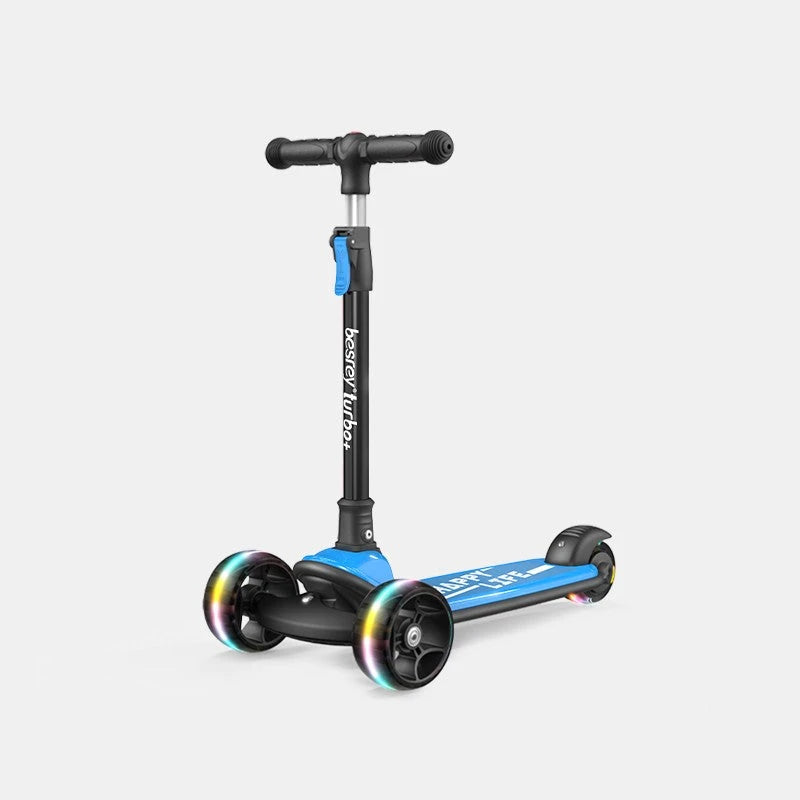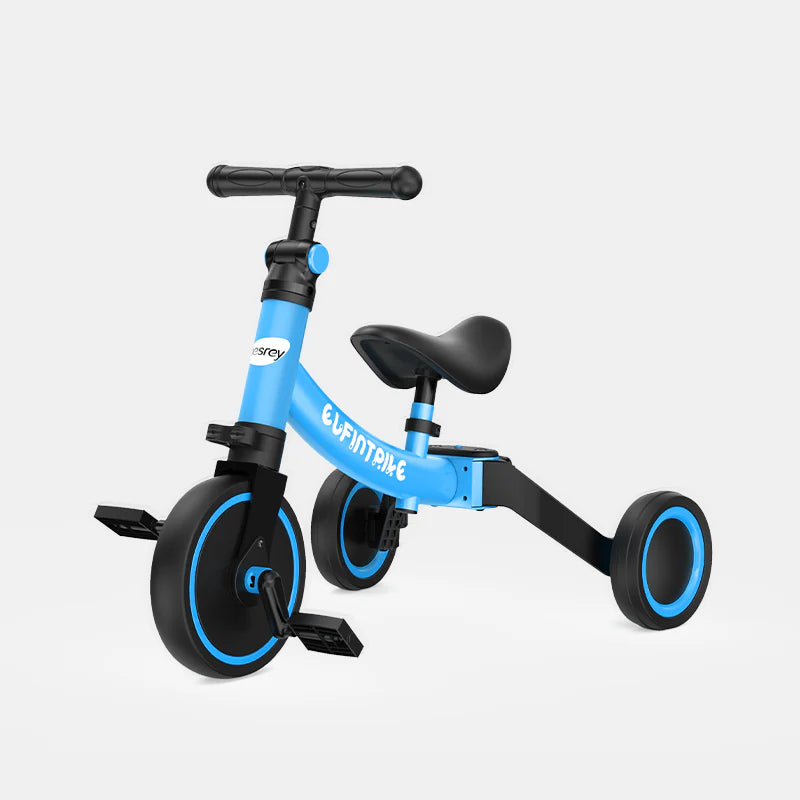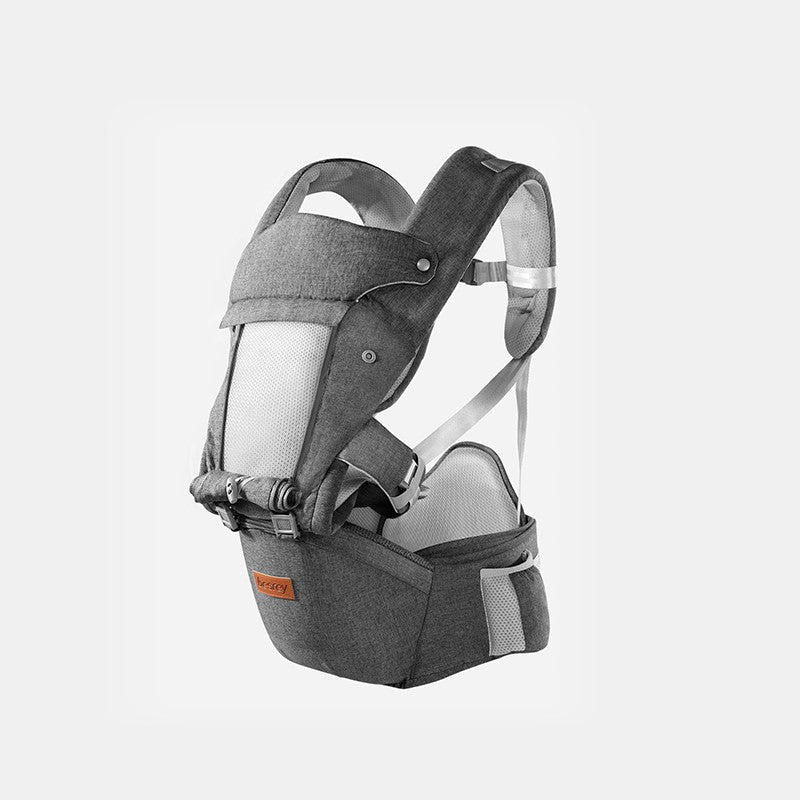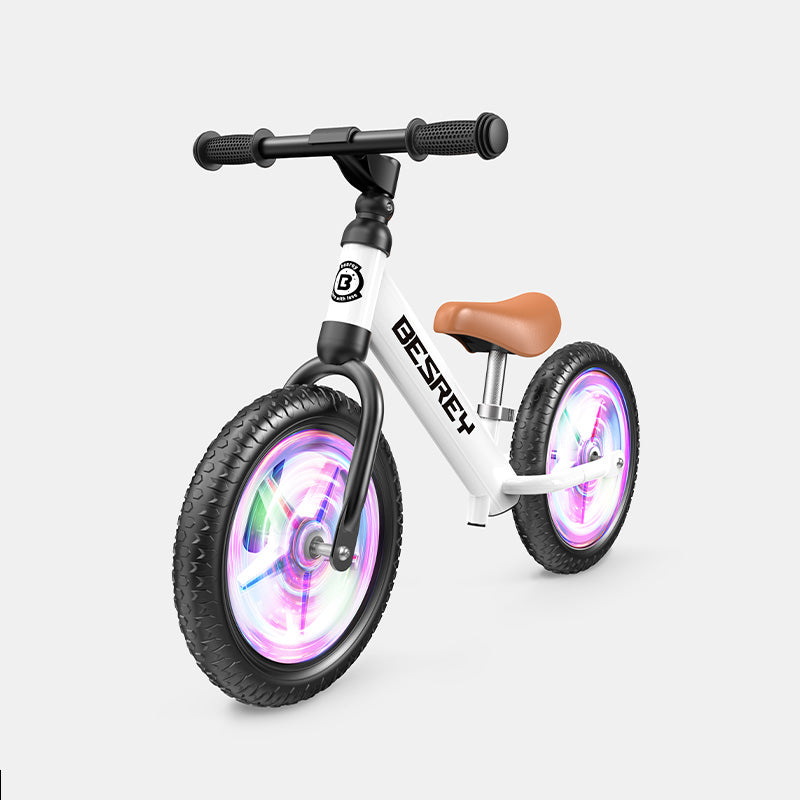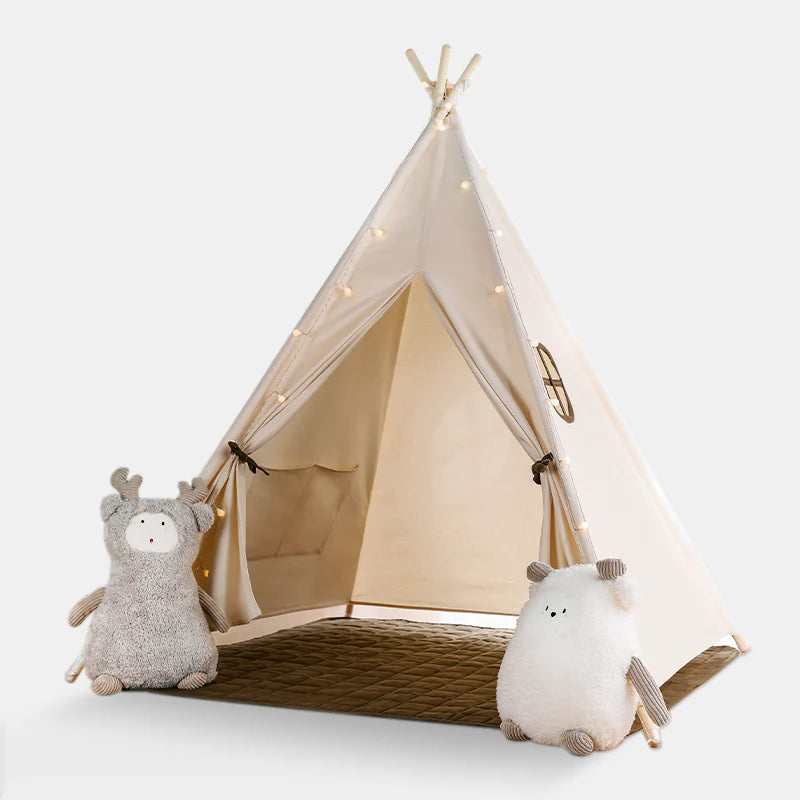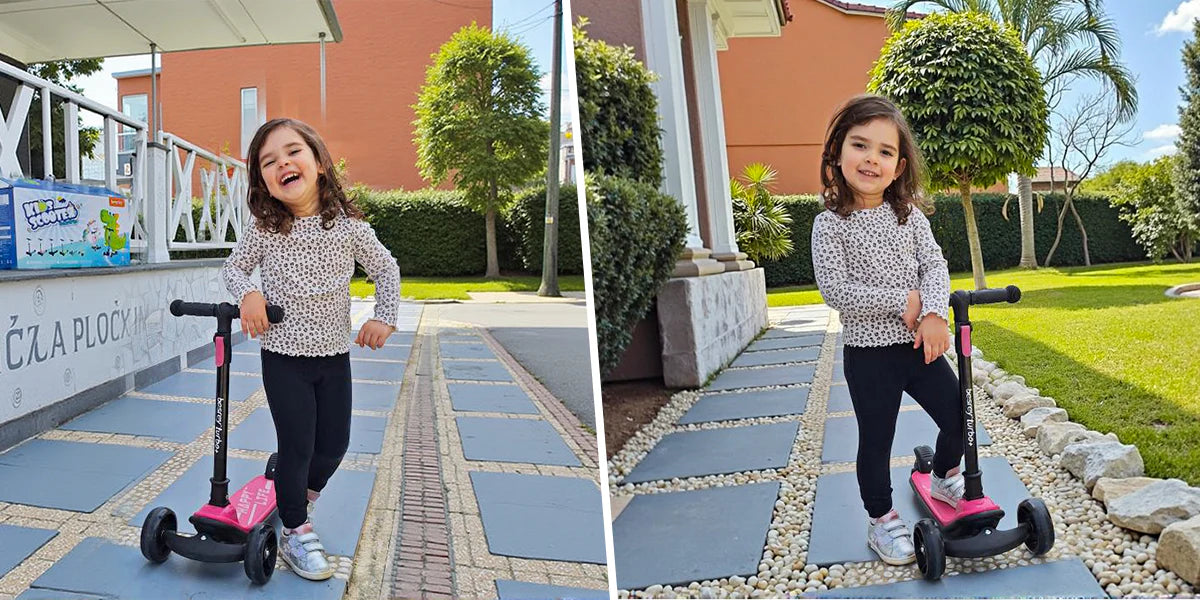Besrey - Aug 31 2025
Bassinet Safety Standards in the U.S.: How to Ensure Your Baby Sleeps Safely

According to a study by the Consumer Product Safety Commission (CPSC), 76% of infant fatalities between 2019 and 2021 involved cribs, bassinets, playpens, inclined infant sleep products, and infant carriers.
This statistic provides one major takeaway for parents: bassinet and crib safety standards are more important than ever. But with so many baby products on the market, it can be hard to know which ones truly check all the safety boxes.
Up until 2014, parents were left to search through product manuals, read review forums, and ask for advice from other parents. In the last decade, however, the CSPC published clear bassinet safe sleep guidelines.
We’ll cover everything you need to know about U.S. bassinet safety standards, crib safety regulations, and what to look for before you buy.
The Consumer Product Safety Commission’s Role in Bassinet Mattress Safety
Bassinets have been used all around the world for centuries, but until recent years, the U.S. didn’t have federal bassinet safety regulations. In 2008, the Consumer Product Safety Improvement Act mandated that bedside sleepers must adhere to certain rules, including:
•No small parts and choking hazards.
•No surface coatings that contain more than 0.009% lead.
•Third-party testing in a CSPC-accepted laboratory.
In 2013, the CPSC created a set of safety standards for bassinets and cradles, ASTM F2194-13, which went into effect in 2014. A revised version of these regulations was published in 2022 (ASTM F2194-22) to address additional safety concerns and updated testing requirements.
Key U.S. Bassinet Safety Standards Every Parent Should Know
The official resources contain detailed information, but busy parents shouldn’t have to decode technical jargon to keep their children safe. Here are the core bassinet safety standards every parent should know:
Bassinet Mattress Safety/Flatness Test: The mattress, whether folding or segmented, should never reach an angle greater than 10°.
Structural Integrity Requirements: Bassinets must have a wide, sturdy base that prevents tipping or tilting, even if someone leans over the bassinet to check on the baby.
Mesh/Fabric Considerations: All mesh or fabric components of the bassinet must be designed to prevent entrapment. Openings should be small enough that an infant’s fingers, arms, or head cannot become tangled in the fabric.

Are Bassinets Safe for Sleep? Check Before Buying
If you have ever found yourself wandering the baby aisle thinking, “Are bassinets safe for sleep?”, you’re not alone. Before you make an investment in any product, look for CPC Certifications.
•JPMA is a voluntary test that ensures a product satisfies all crib safety standards outlined in ASTM F2194.
•If a product is CPC-certified, that means it has been tested in a CSPC-approved lab and adheres to federal regulations.
Even after purchasing, stay informed about product recalls and changes to bassinet safety standards. A little extra research can ensure your baby has the best sleep environment possible.

Bassinet Safe Sleep Guidelines: Our Top Product Pick
As you test different products and look for important features such as adjustable height, breathable mesh sides, reliable construction, and safe mattresses, you’ll find that the Besrey Bedside Bassinet has it all.
It meets ASTM, CPSIA, and CPSC safety standards while offering a 15-minute assembly, 360-degree castor wheels, and a spine-protective mattress. With these features, it’s a premium pick for parents looking to prioritize ease of use and safety. In no time at all, everyone in the house will be sleeping better.

